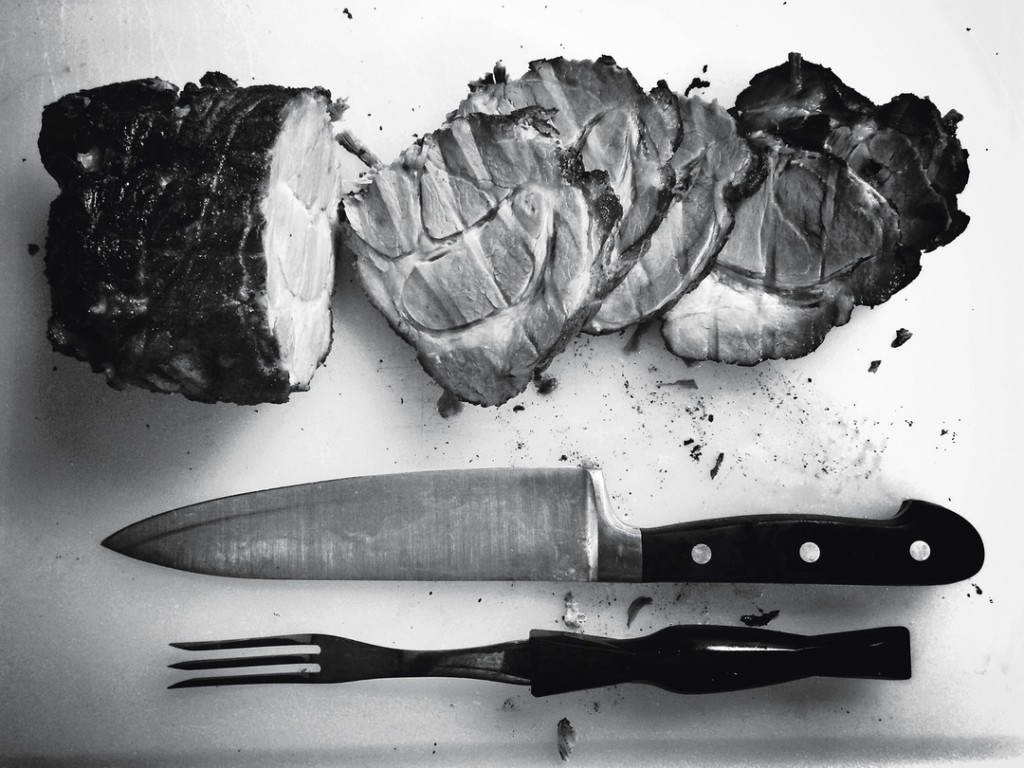We covered a paper showing that consuming extra protein on top of your normal calorie intake and training has beneficial effects on body composition over the short-term.
The authors of that studied followed it up with a larger sample size, controlled the training variables more tightly, and looked at basic metabolic markers.
The Subjects
73 resistance-trained subjects volunteered for the study. The authors unequally randomized the subjects to take into account the loss of subjects from potential lack of compliance due to the high protein diet, as was seen in their earlier study.
The Nutrition Intervention.
The control group was instructed to maintain the same dietary and training habits over the course of the study. The subjects in the high protein diet group were instructed to consume ≥ 3 grams of protein per kg per day (or ≥3g/kg/day).
Consuming ≥3 g/kg/day from whole foods is pretty difficult so the participants on the high protein diet were able to consume commercially available whey or beef protein powder.
Food Intake
The investigators used My Fitness Pal to track food intake so it was fairly accurate on for this study.
Training Program
Each participant was instructed to follow a resistance training program. It is fully described in the paper. Briefly, the program was 5 days/week for 8 weeks, and was a “split routine”.
Also, “The investigators and research assistants were in contact with each subject on a weekly basis to ensure compliance with the exercise training program. Compliance was determined via measurements of volume load (repetitions × sets × weight) which should have increased over the course of the treatment period. Furthermore, subjects were instructed to not perform any aerobic exercise during the treatment period”.
Body Composition
As with previous papers we have talked about they used one of the better methods of testing, Air Displacement Plethysmography, AKA BodPod.
Performance Testing
The authors wanted to see if the intervention had any impact on performance so they did pre and post-tests of a 1 RM for bench press and squat, as well as vertical jump, broad jump, and total pull-ups.
Basic Metabolic Panel
Since the idea that protein is bad for your kidneys, liver, bones, etc. they also conducted a basic metabolic panel to track changes over the high protein feeding study.
They measured: Calcium, Carbon Dioxide, Chloride, Creatinine with GFR Estimated, Glucose, Potassium, Sodium, Urea Nitrogen (BUN) and BUN/Creatinine Ratio (calculated).
The Data
Participants
As with most human research there were several particpants who dropped out; 15 and 10 subjects in the high protein and normal protein groups respectively. This leaves us with a total sample size of 48
Dietary Intake
Let’s get this argument out of the way first so there is minimal internet quibbling. Here is the dietary intake of the groups.

As you can see the high protein group consumed about 500 calories more per day, with about 80 of those calories coming from carbohydrates (not statistically significant from the normal group) and about 350 calories extra from protein (this was statistically different), and about 60 calories from fat (also not statistically different).
Overall, the high protein group ate more calories, with roughly 70% of those calories coming from protein.
Body Composition
Both groups saw decreases in body fat mass and body fat percentage and increases in fat free mass. The high protein group lost an average of 1.6 kg of fat mass with the normal protein group only lost 0.3 kg. Additionally, the high protein group saw a 2.4% decrease in body fat with the normal group saw a 0.6% decrease in body fat.
Although the high protein group consumed 350 more kcals per day than the normal protein group, the high protein diet group saw no change in body weight (-0.1 kg) while the normal protein diet group saw an increase in body weight (1.3 kg). This is quite interesting in that the normal protein group was likely already in a hypercaloric state as they increased their body weight, yet the high protein group which consumed even more calories (about 20,000 kcals more over the whole study) did not see an increase in BW.

Metabolic Changes.
The individuals in this study saw no changes to any of the metabolic measures. One thing I would like to have seen were lipid profiles and markers of oxidation, just for more data points.
This study also provides more data points for high protein diets not changing creatinine, which has been an argument against high protein diets in the past. You can now add this to several other studies showing the same thing (1).
The Wrap Up
This is the second study to show that consuming extra protein on top of normal calories has, what I would call, a beneficial effect on body composition when consumed in conjunction with resistance training.

